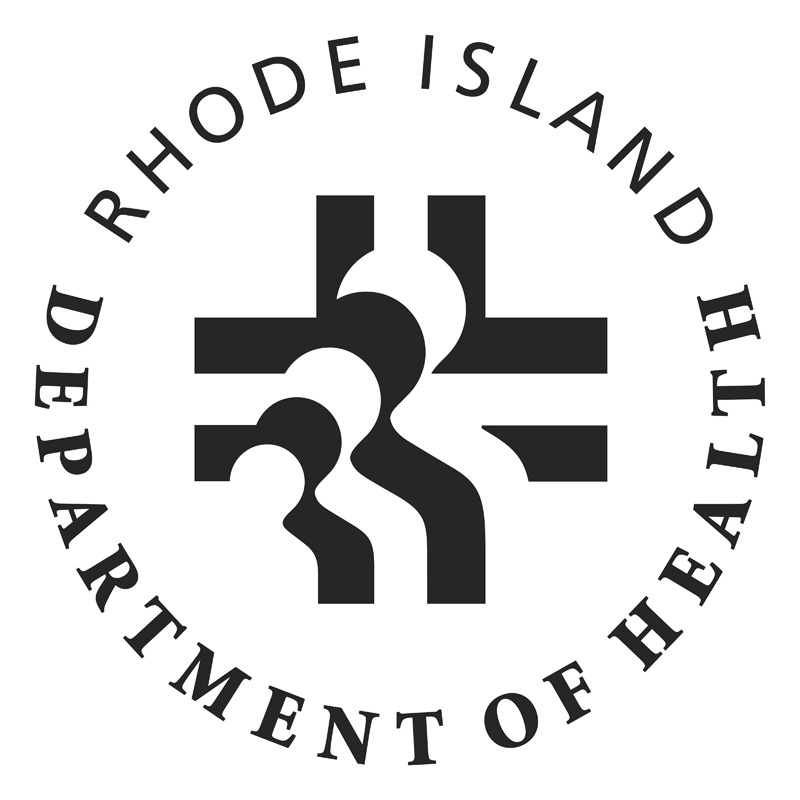 Rhode Island Department of Health
Rhode Island Department of HealthState of Rhode Island
Department of Health
 Rhode Island Department of Health
Rhode Island Department of HealthState of Rhode Island
Department of Health
To comply with the 2016 State law to test for lead in drinking water in schools and daycare centers.
Drinking water from multiple water faucets and fountains in schools and daycare facilities throughout Rhode Island were tested for lead. After testing, grant funds were used to provide schools that had lead in their water with filtered water stations.
Samples should be taken at faucets or fountains that are used regularly and supply water for drinking or cooking, but have not been used for at least six hours before the sample is taken. Some school districts have collected and tested samples using different methods. more
To get a better understanding of lead in school and daycare facility drinking water, the University of Rhode Island Cooperative Extension was hired to collect samples from schools and daycare facilities around that state get water from a municipal water system. If lead was found in any water sample, specific actions and follow-up sampling are recommended. The testing was completed by the end of March and results will be final by the end of April.
Schools and daycare facilities that supply their own water, usually from a well, are regulated by the Department of Health and are required to test by other methods and those "90th percentile" results are presented here. more
Due to limited resources, daycare facilities on municipal water were prioritized – daycares that were close to schools where 10 or more children have been found to have elevated blood lead levels were asked to participate in this project. All daycare centers must certify that their drinking water is lead-safe before they can be licensed by the Department of Children, Youth and Families. These results are not presented here.